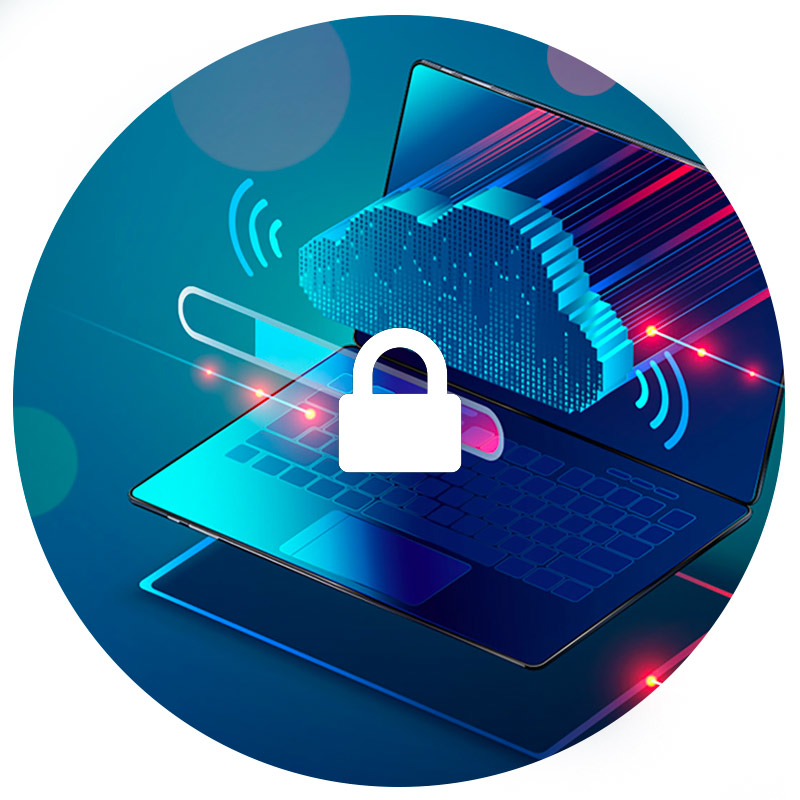
For some time now, ediscovery and legal support companies have been experimenting with the idea of remote document review projects, to varying degrees of success. In light of COVID-19, remote everything is the new normal, and as we’ve all seen, necessity is indeed the mother of invention.
Many firms have managed to adapt, quickly launching virtual review offerings. However, security remains a serious concern, and in fact, when it comes to remote review, security means more than just secure IT. It also involves a range of non-technical elements in the people and process domain.
Whether you’ve been offering virtual reviews for years or only for the last three months, it pays to take a step back and think about the bigger picture. If secure, cost-effective, defensible reviews are what we’re after, what should be top of mind?
- Secure review technologies. Comparatively speaking, getting the technology right is the easy part. You can adopt a platform specifically designed for the purpose, or you can provide your own solution via a combined implementation of virtual desktops, multi-factor authentication, and robust logging and auditing systems. Either way, make sure your solution prevents metadata and documents from being downloaded, and consider implementations that integrate video conferencing tools to enhance both oversight and collaboration. Finally, in the absence of face-to-face status meetings and training sessions, you need a secure means of communication and collaboration. Whether it’s built into the remote review platform or a stand-alone tool like Slack, be sure you have a process in place to provide a secure communication platform for the team.
- Recruiting. For most organizations, initiating a remote, secure review offering implies a significant shift in the recruiting process.Recruiters will need to leverage video as a substitute for in-person meetings, and ask the right questions that range far beyond the candidate’s ediscovery credentials to appropriately evaluate the candidate’s fit for projects. Do they have a computer and a workspace that aren’t shared with other family members? How about a consistently reliable internet connection to avoid latency? Are they self-directed, with good time management skills? Will they be able to stay focused even while working in isolation? For candidates who make the first cut, reference checks are critical, soliciting deeper conversations with more people to support a thorough assessment of each candidate’s temperament and character. The primary function of the recruitment process is to properly scope out the requirements of each project, and then to source and match candidates who best meet these requirements.
- Policies and procedures. Documentation is typically one of the most overlooked aspects of business management, and yet it’s incredibly important, especially when a firm finds itself in uncharted territory. Clearly defined goals, rules, and processes will make it easier for everyone to succeed. Further, if expectations and behaviors are thoroughly documented and clearly communicated, you’ll be in a much better position to handle training and performance evaluations.
- Technical support. In a virtual review, you’ll need to support a much broader range of technology and connectivity issues. The goal is to minimize variations on the end-user desktop as much as possible, and make sure your support teams have the resources they need to address and resolve these issues. A knowledge base and a remote support tool are must-haves, and a well-tested escalation path will help you keep especially difficult problems in hand. Remember that technical support is stressful for everyone, even in the best of circumstances, and encourage both reviewers and technicians to be kind to one another.
- Targeted post mortems. Because reviewers are geographically dispersed, it’s more important than ever to develop and implement a comprehensive post mortem process. When everyone was in the same location, it was easier to gather feedback about what worked, what was difficult, and what we should have done differently. In a completely virtual scenario, you need to be more deliberate about project follow-up. To improve best practices and implement process changes, we need to consider using a structured questionnaire for both review attorneys and the client, as a means of gathering information and documenting the workflow.
Like most things that are new and different, remote review will likely be uncomfortable at first. But if there’s one thing that the ediscovery industry has proven time and again, it’s that we’re a highly adaptable bunch. Many firms are still figuring it out as they go along, but Trustpoint has been fortunate in that we already had much of the necessary technology and operational infrastructure in place. Building on that foundation, we were able to transition all of our ongoing projects, with few hiccups. In most cases, we retained the existing project management and review teams to ensure minimal interruption to the project.
At the same time, we successfully launched many new review engagements that leveraged our secure virtual workspaces, including a 300+ attorney review that required contract attorneys in multiple cities and different time zones. By providing skilled project managers, offering timely support, and soliciting client and reviewer feedback, we’ve been able to refine new workflows to start projects on time and support successful outcomes for dozens of clients.
Remote work implies a unique set of challenges that must be overcome, but as more firms become more adept at functioning in fully virtual scenarios, less tangible benefits like improved work-life balance and greater client satisfaction are likely to emerge. For those who can bring the right pieces together, what started out as an uncomfortable necessity might just turn out to be a bit of a sea change.

